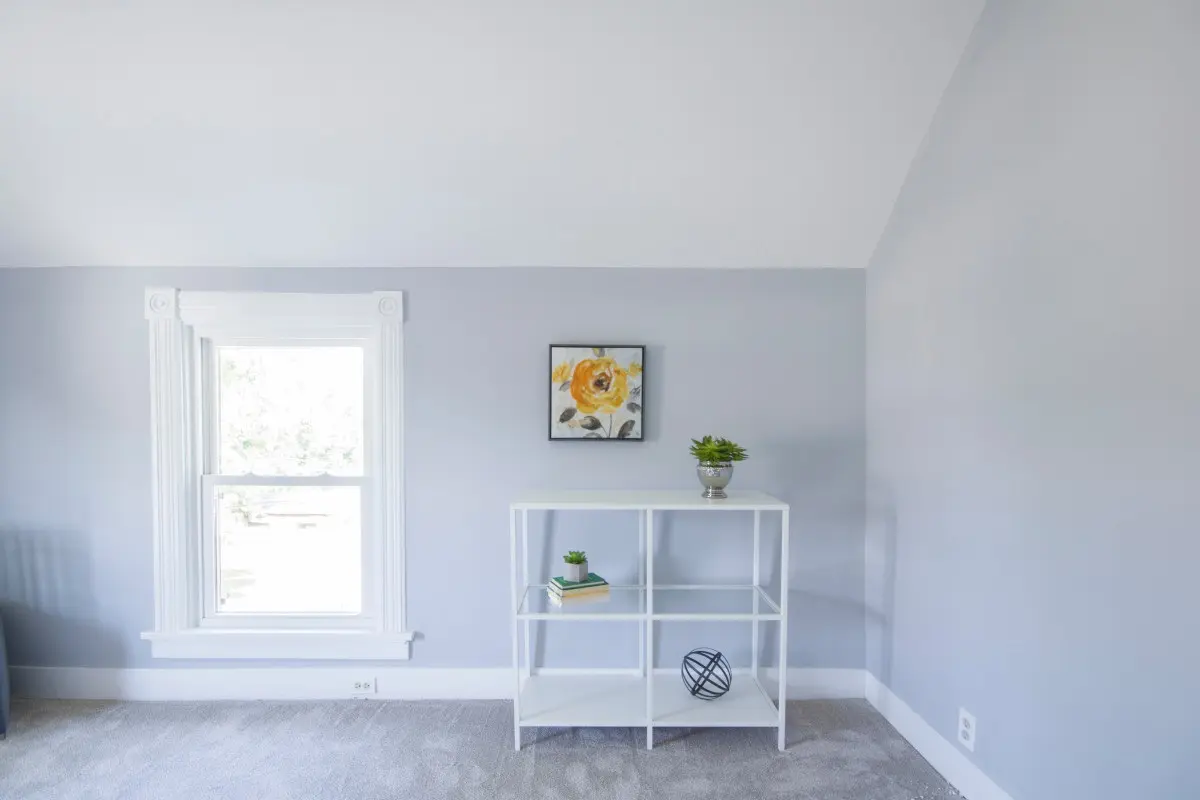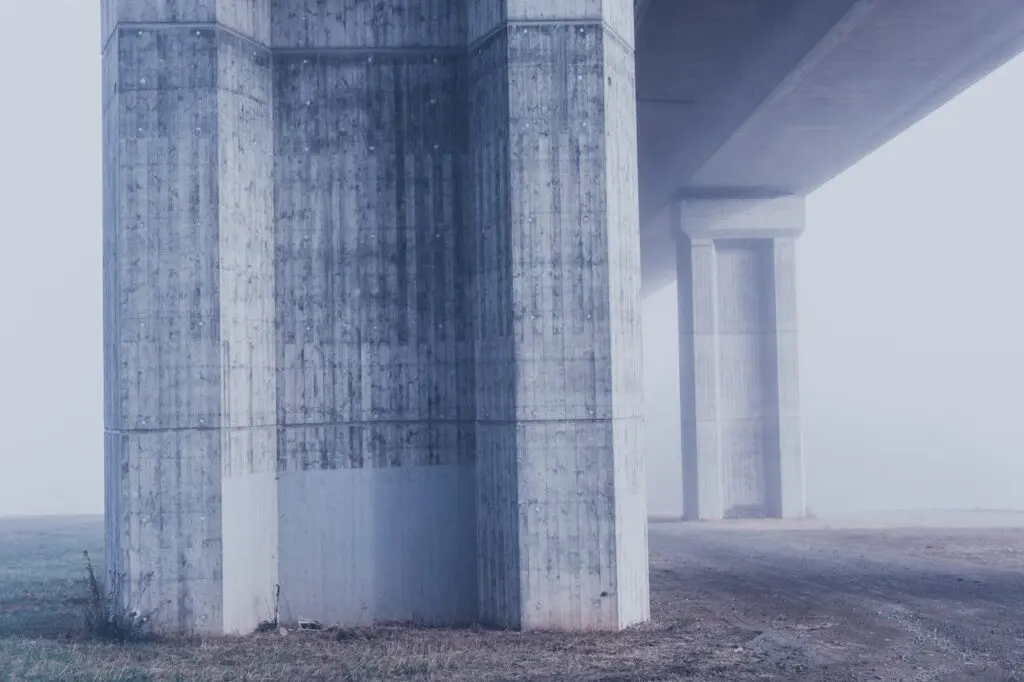When it comes to enhancing your home, people often think big—new kitchens, lush gardens, or stylish flooring. However, one frequently overlooked element that can dramatically transform your space is drywall. Yes, that often-underestimated wall material holds remarkable potential. Known also as plasterboard or wallboard, drywall revolutionized home construction in the early 20th century by replacing traditional plaster and lath methods. Its introduction significantly streamlined wall installation, cutting down both construction time and costs. Originally composed of gypsum sandwiched between paper, drywall has evolved over the decades to meet diverse needs, including fire resistance, moisture control, and soundproofing. This article offers a deep dive into the history of drywall and exclusive insights from drywall contractors, in Eau Claire WI!
The Different Types of Drywall: Standard drywall is the baseline choice, ideal for general interior spaces where conditions remain dry and stable. For moisture-prone areas such as bathrooms or kitchens, moisture-resistant drywall—with its signature green paper—is essential to prevent mold and deterioration. Fire-resistant drywall, commonly referred to as Type X, provides an added safety layer against fires, particularly important during colder months when heating systems are active. For homeowners seeking a tranquil environment, soundproof drywall features a denser structure or sound-dampening cores, making it perfect for bedrooms, home offices, or media rooms. Additionally, the growing emphasis on sustainability has brought eco-friendly drywall options to the forefront. Crafted from recycled materials or designed to improve indoor air quality, these variants support green living without compromising performance. Each drywall type is tailored to address specific functional and environmental needs, ensuring your home remains beautiful, safe, and eco-conscious.
When upgrading your living space, drywall offers numerous practical benefits. Its durable gypsum core resists humidity fluctuations, especially when you select moisture-resistant products for damp environments like bathrooms. This resilience reduces maintenance and minimizes costly repairs. Aesthetically, drywall acts as a versatile blank canvas for your interior design projects. Whether you’re creating textured finishes that mimic stonework or applying a fresh coat of paint, drywall accommodates your creative vision affordably and with minimal disruption. Economically, drywall remains one of the most cost-effective wall covering options compared to plaster or wood paneling, thanks to simpler, quicker installation processes. Repairs, when needed, tend to be straightforward and budget-friendly, making drywall a smart choice for both new constructions and renovations.
Insider Tips for Drywall Installation
Based on our extensive experience, here’s how to maximize your drywall investment:
Choose drywall types suitable for each room’s specific demands—soundproofing in bedrooms, moisture resistance in bathrooms, and fire resistance in high-risk areas. Quality installation is key: ensure seams are properly taped, joints are smooth, and corners are reinforced to enhance durability and achieve a polished finish. Plan drywall layout with future renovations in mind to minimize disruptive rework later. If environmental impact is a priority, explore eco-friendly drywall choices that not only reduce your carbon footprint but also contribute to healthier indoor air quality. Combining thoughtful material selection with expert installation will ensure your drywall lasts longer and performs optimally.
In summary, drywall may not attract the same attention as upscale kitchens or garden makeovers, but it is the unsung hero of home transformation. Beyond providing essential structural support, drywall boosts your home’s durability, improves safety, and delivers aesthetic flexibility—all while remaining cost-effective. When planning home improvements, don’t underestimate drywall’s potential. Whether you want to create a quieter bedroom with soundproof drywall, maintain mold-free bathrooms, or set a fresh backdrop for your favorite colors and textures, drywall is your reliable partner. Selecting the right drywall product is key to crafting a home that is beautiful, practical, and resilient. Embrace drywall as a foundational element of your home’s design and function. Though it might not seem glamorous, the impact it has on your living space is truly transformative. Next time you consider home renovations, remember that sometimes the most significant changes come from the most unexpected places.
Additionally, if you want to learn more about Installing Timber Flooring, please visit our Interior Design Category.
Drywall technology continues to evolve in line with modern building trends. Innovations such as mold-resistant facings, enhanced fire ratings, and integrated sound insulation now help homeowners meet stricter building codes and personal comfort requirements. Moreover, recent advancements in eco-friendly drywall manufacturing have reduced waste and energy consumption, making it an even more sustainable building material. As smart home and energy-efficient designs become standard, drywall systems are increasingly designed to integrate with insulation and smart sensors, improving overall home performance. Staying informed about the latest drywall developments ensures your home benefits from cutting-edge durability, safety, and environmental advantages.



